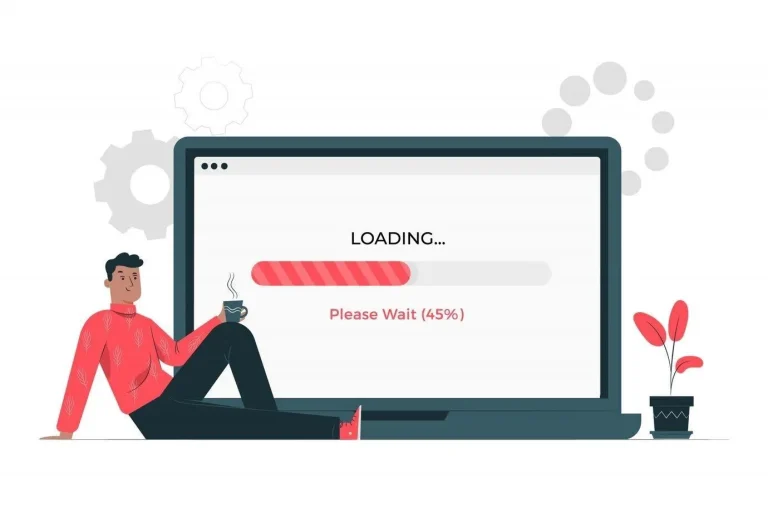Banner blindness is the silent killer of publisher revenue. Here’s why – a user lands on your premium content, eyes glued to the screen, ready to devour your insightful articles. But then…wham! They completely miss that strategically placed banner ad you spent hours optimizing. Why? Because their brains, overloaded with similar display ads across the web, have learned to filter them out as visual noise.
This phenomenon, where users subconsciously or purposefully ignore display ads, is called banner blindness. It translates to lost revenue and frustration as your meticulously crafted ad placements fall on deaf ears (or , rather, blind eyes).
Table of Contents
Why Should Banner Blindness Matter to You?
Alright, alright, we get it – banner blindness is bad. But how bad exactly? Here’s the not-so-pretty truth:
- Lost revenue: Those ignored ads mean missed clicks and conversions, directly impacting your bottom line.
- Ad engagement woes: Low click-through rates (CTRs) send a clear message to advertisers: “Take your business elsewhere!” This can lead to declining ad spend and struggles to attract new advertisers.
- Frustration: Let’s face it: pouring time and resources into ad placements that don’t deliver enough can make anyone frustrated.
Beyond Banner Blindness with the Power of DCO: A Publisher’s Guide
So, are you doomed to banner blindness forever? Absolutely not! With Dynamic Creative Optimization (DCO), you can fight back.
Let’s understand Dynamic Creative Optimization (DCO) better:
Think of DCO as your super-powered ad personalization engine. It leverages data – like user location, browsing history, and even the time of day – to craft custom-made dynamic creative optimization ads in real-time.
Suppose a user lands on your website researching weekend getaways in Italy. DCO kicks in, gathering data and lashing ads about last-minute flight deals to Rome or Florence. DCO allows you, as a publisher, to display personalized, data-driven ads that break through the clutter and grab user attention.
Here’s how it empowers publishers to combat banner blindness: Benefits of Dynamic Creative Optimization
- Personalization powerhouse: DCO transforms static banners into dynamic experiences. It uses data (location, browsing history, etc.) to tailor dynamic creative optimization ads to each user. Imagine a user researching ski trips – DCO can serve an ad showcasing discounted ski packages, not general winter wear (which they might already be blind to).
- Real-time relevance: DCO responds in real-time, ensuring users see the most relevant ads at the perfect moment. Think about it – a user reading a breakfast recipe wouldn’t be interested in a late-night movie ad the next day. DCO tailors the ad experience based on current behavior, making it highly relevant and engaging.
- Faster ad performance: DCO automates the optimization process, saving you time and resources. No more endless A/B testing or manual ad tweaking. DCO continuously analyzes data and delivers the best-performing creatives for each user, maximizing ad performance without the heavy lifting.
DCO enables you to shape personalized experiences, transforming banner ads from blind spots into targeted messages. Higher relevance leads to higher click-through rates (CTRs) and, eventually, more revenue.
But DCO Isn’t a Magic Bullet
While DCO is a powerful tool, it’s not without its challenges. Here’s where we need to be mindful:
- Overdoing specificity: Sure, laser-focusing on a niche audience sounds great, but excessive targeting can backfire. Think about creating a campaign for left-handed dog owners who prefer organic kibble. While super specific, the tiny audience might not be enough to overcome banner blindness. DCO needs a balance between personalization and reach.
- Product focus trap: DCO often excels at product retargeting, showing dynamic creative optimization ads to users who have already interacted with a brand. This is great for conversions, but it might not grab initial attention. Ponder on it – if someone isn’t actively looking for running shoes, an ad for a specific brand might not be enough to stop their scroll. DCO needs to balance conversion goals with initial engagement.
What Publishers Can Do: Take Charge
Here’s how you, the publisher, can capitalize on DCO:
- Collaborate with forward-thinking partners: Seek out dynamic creative optimization platforms that understand the importance of strategic DCO. Not all partners are created equal – find ones who are on board with using DCO effectively.
- DCO best practices: Educate advertisers on the benefits of broader segmentation and diverse creative assets. This will help enhance user experience and boost ad performance for everyone. Be a thought leader in the DCO space!
- Showcase premium inventory: Partnering with ad networks offering DCO effectively attracts a more engaged audience. This potentially commands higher CPMs (cost per thousand impressions), meaning more revenue for you. DCO, when used strategically, can be a win-win for both publishers and advertisers.
By embracing DCO and implementing these strategies, you can transform your ad inventory from blind spots into powerhouses of engagement. DCO, when used strategically, can be the secret ingredient that transforms your website into a revenue-generating machine that keeps both you and your advertisers happy.
Ready to ditch banner blindness and unlock the full potential of DCO?
Sign up with us for more insights and resources on implementing this powerful tool. Together, we can create a future where advertising is relevant, engaging, and mutually beneficial for publishers, advertisers, and, most importantly, your valued audience.























